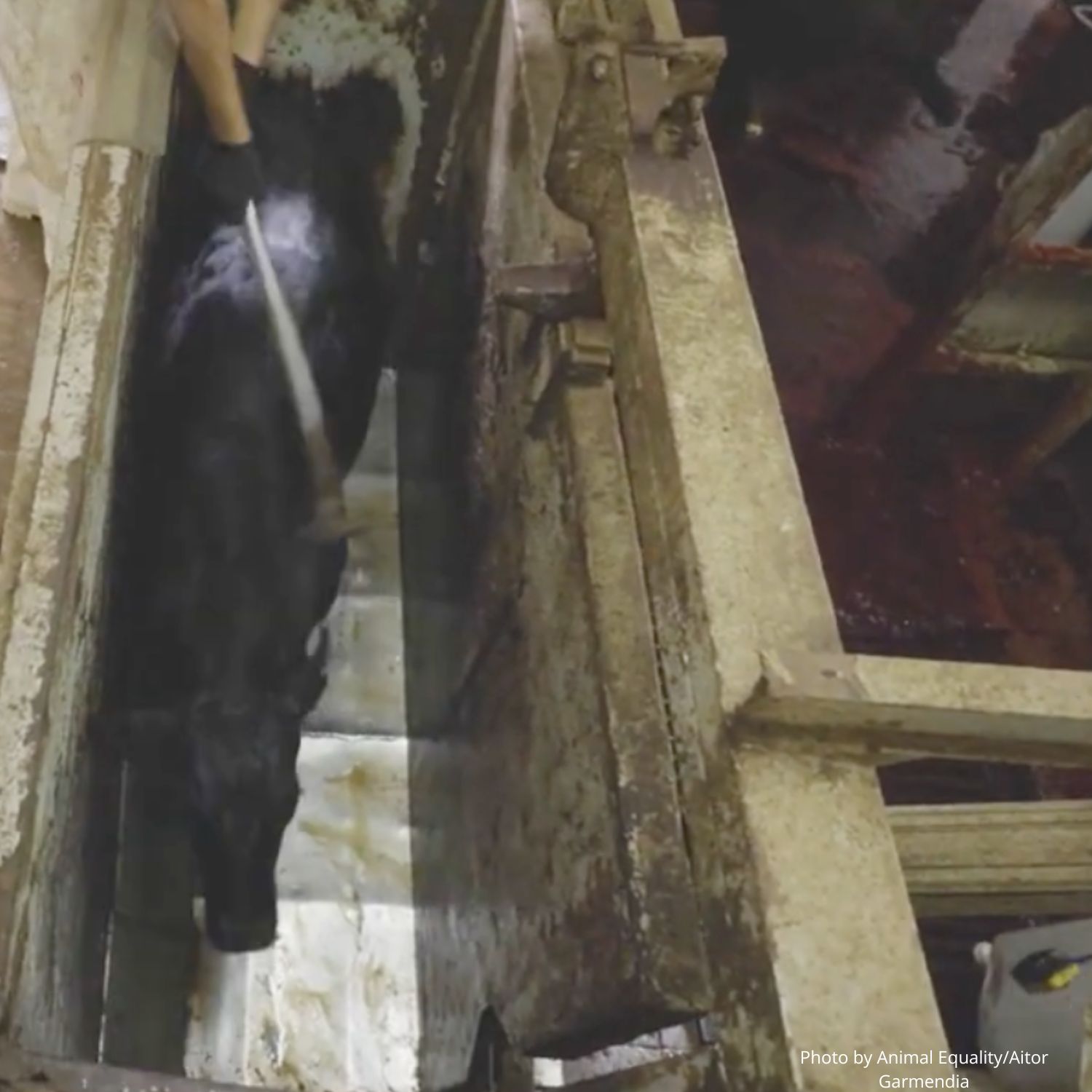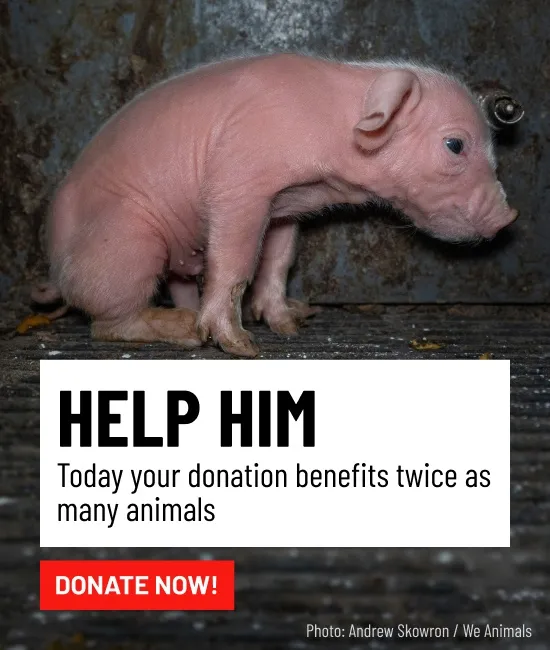80% of shoppers concerned about chicken welfare, study finds
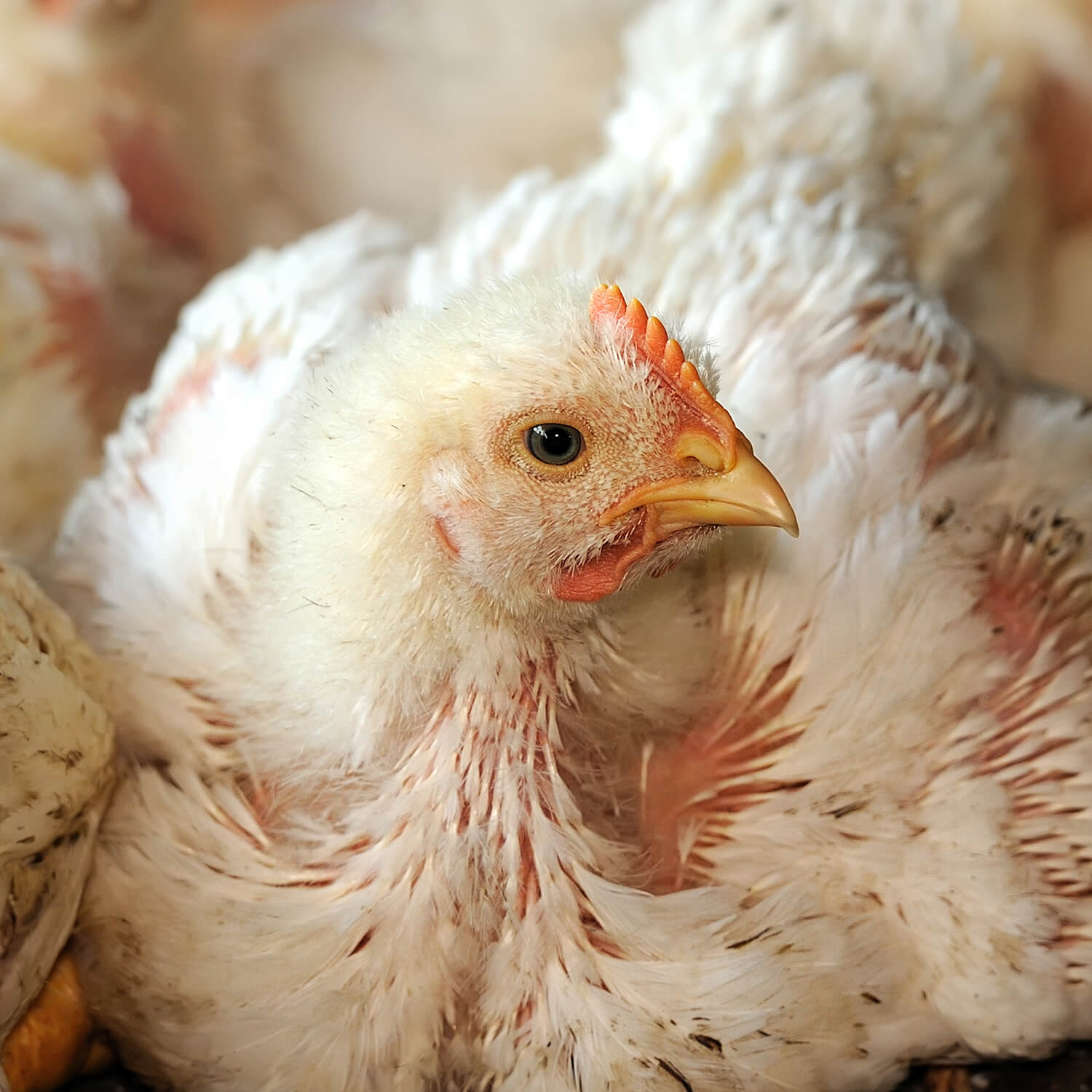
A new study led by Professor Amitav Chakravarti, a leading marketing academic at the London School of Economics, shows that UK consumers overwhelmingly support clear, standardised animal welfare labelling on meat products and are willing to pay significantly more for higher-rated options.
The Government’s Department for Environment, Food and Rural Affairs (DEFRA) has conducted extensive research into a proposed tiered, five-level welfare labelling system for pork, chicken, and eggs. In its 2021 Impact Assessment DEFRA found that 64% of consumers do not understand Red Tractor, and only 27% recognise RSPCA Assured. The assessment projected that mandatory labelling would deliver a net gain of £140 million to British society over ten years. DEFRA calculated that a benefit of just £0.40 per consumer would offset the costs of introducing the scheme.
Putting enhanced product labelling to the test
Professor Chakravarti, an internationally recognised expert on consumer behaviour, decided to put the scheme to the test with consumers. Surveying 260 individuals in September 2025, he assessed reactions to a proposed labeling scheme, currently under Government consideration. Around 70% of respondents reported eating chicken weekly or more.
Under the proposed system, a rating of ‘1’ would indicate the highest-welfare domestic products, while ‘5’ would mark the lowest-welfare products, including imported meat that fails to meet UK standards.
Concerns over the welfare of farmed chickens
Key findings from the study include:
- Consumer concern: Over 80% of respondents said they are concerned about the conditions in which chickens are raised.
- Positive consumer reaction: Over 85% reacted positively to the ratings system, over 80% said higher welfare labels would positively influence their chicken purchases, and 97% found the proposed labelling system informative.
- Labelling drives choice: In a ‘shelf test’ experiment, welfare ratings accounted for 49.3% of the weight in shoppers’ decisions, more than double the influence of price (23.5%) and far ahead of origin (16%) or cut of meat (11%).
- Willingness to pay for higher-rated products: Under controlled conditions, 71% of shoppers confirmed that they would prefer to purchase chicken meat from an animal that was not reared in indoor factory farm conditions, even if the price is more than an average factory farmed chicken meat product. Currently the vast majority of chicken meat available in UK supermarkets comes from ‘faster-growing chickens’ selectively bred to produce more meat at a rapid rate; as a result, tens of millions each year suffer from heart attacks, broken legs, and lung issues.
- Demand for transparency: Three-quarters felt that farming practices are currently not communicated clearly, and 77% believe welfare in typical UK chicken farms is moderate or low.
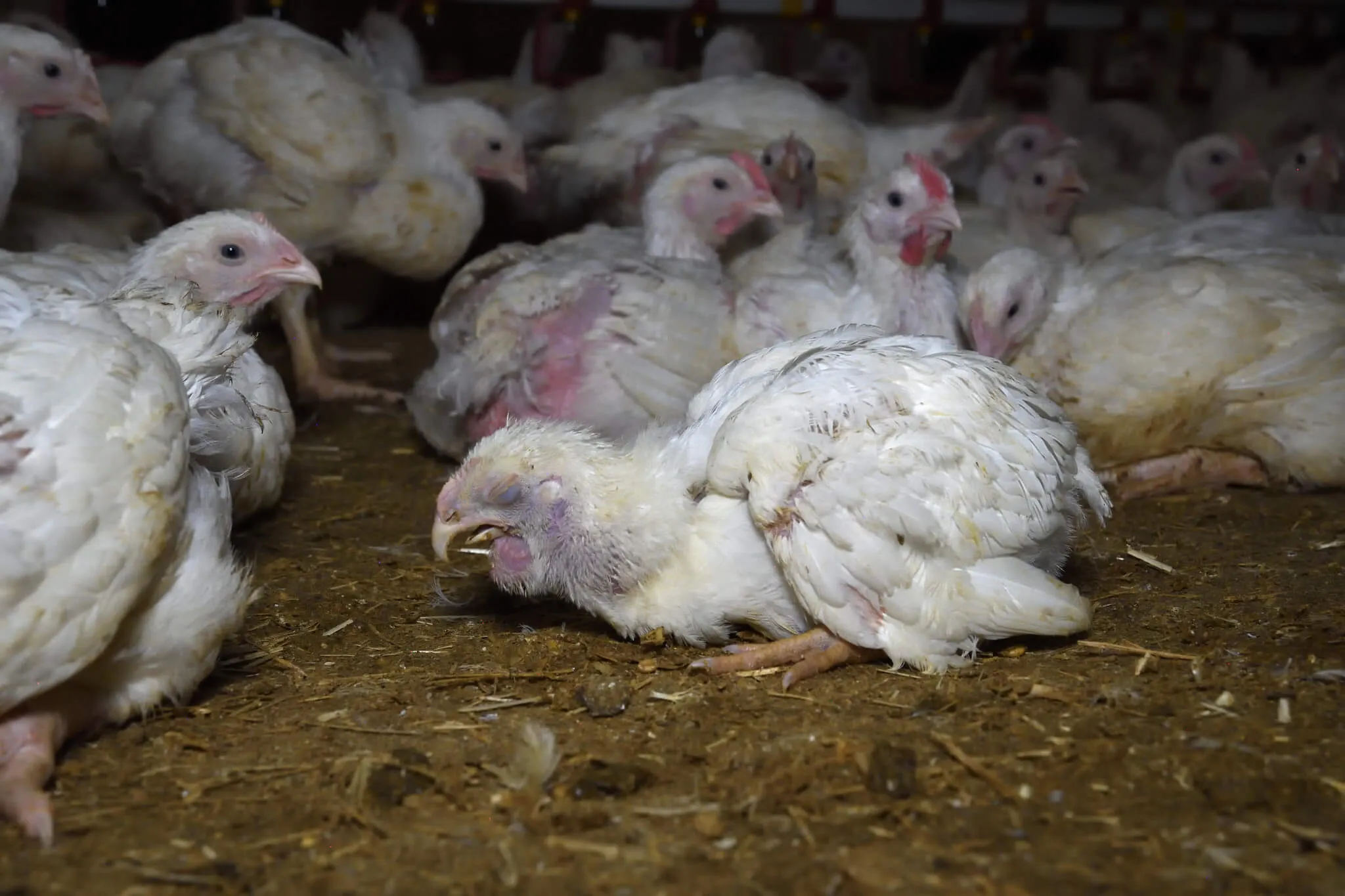
When clear information is available, consumers use it. Nearly half of the shoppers’ decision weights in our study were based on the labels, far outweighing price. This shows that standardised labelling could have a major impact on the market and significantly improve animal welfare.” — Professor Amitav Chakravarti, London School of Economics
Overwhelming public support
A 2024 consultation by DEFRA on method-of-production showed overwhelming public support, with 99% of respondents in favour of animal welfare method-of-production labelling. A Westminster Hall debate in June 2025 also highlighted cross-party backing for welfare labelling.
This study shows clearly that consumers want reliable, standardised information about how animals are farmed. A clear, consistent label would give the public the tools to make informed choices at the point of purchase.” — Abigail Penny, Executive Director of Animal Equality UK
A move that could impact millions of animals
The government has committed to delivering the “biggest boost in animal welfare in a generation” and is expected to publish its Animal Welfare Strategy by the end of 2025. DEFRA projects that mandatory labelling would meaningfully impact approximately 110 million chickens, 700,000 hens, and 510,000 pigs annually.
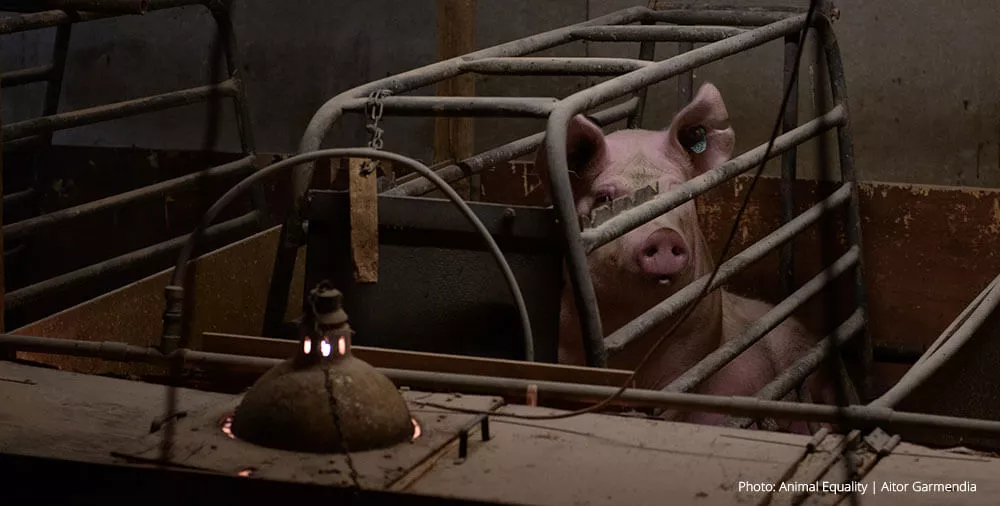
Once people know the truth about how animals are farmed and slaughtered, they can make more informed, more compassionate choices. The vast majority of chickens raised in the UK for their flesh are ‘faster growing chickens’ who suffer from heart attacks, lameness, leg deformities, and body burns. End their suffering today, by enjoying delicious plant-based recipes from our FREE cookbook. Get your copy now at loveveg.uk
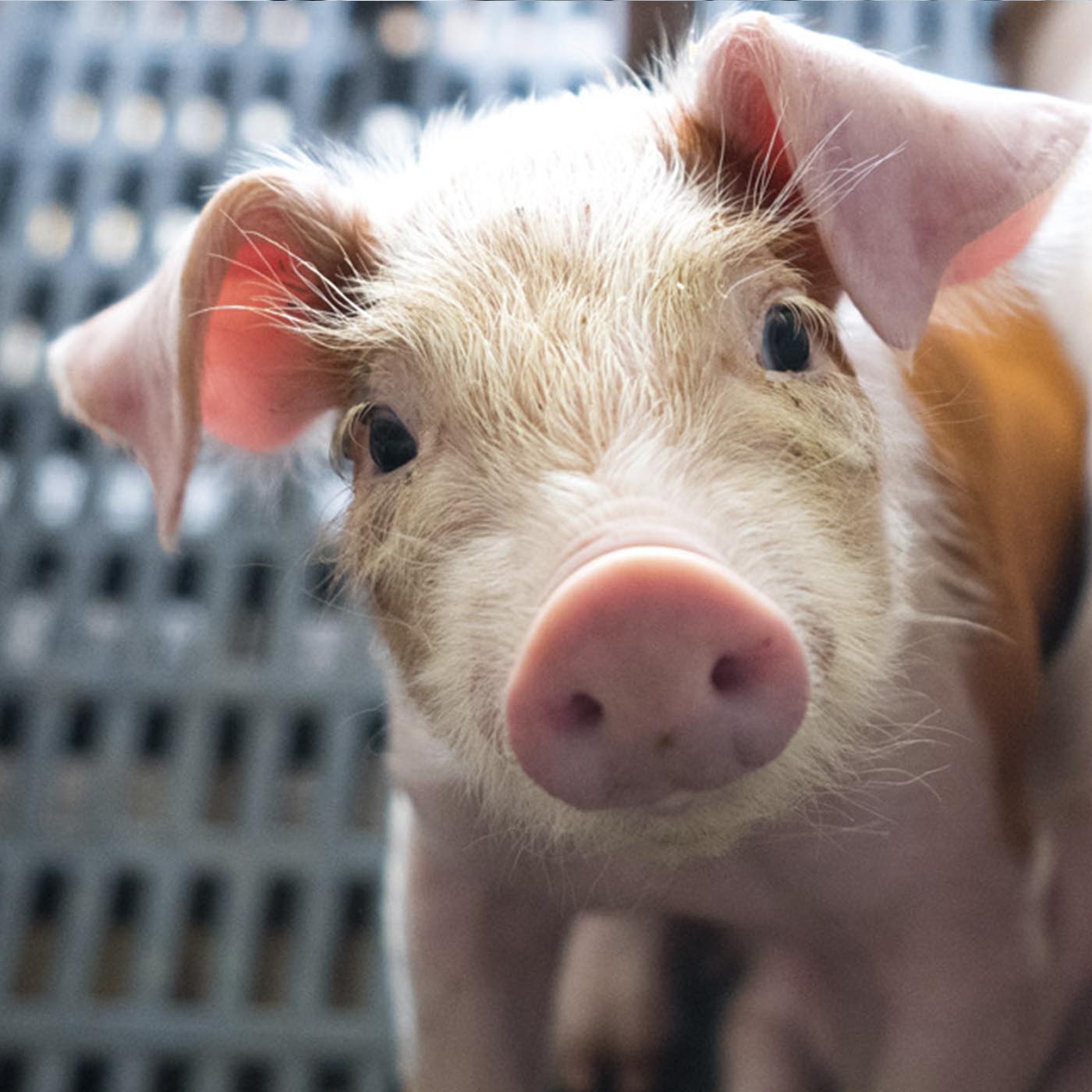
protect pigs
Pigs are highly social animals who are often considered smarter than dogs. You can protect these intelligent animals by simply choosing plant-based alternatives.


